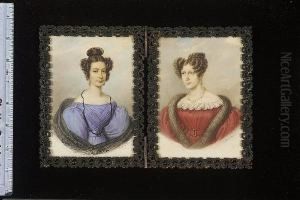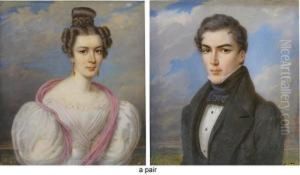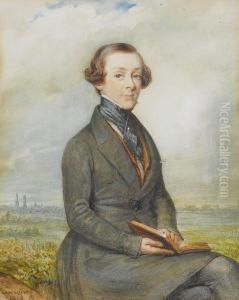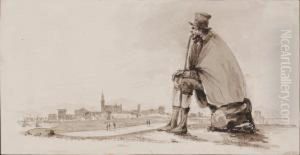Johann Baptist Vanacker Paintings
Johann Baptist Vanacker, also known as Jan van Aken or Jan Baptist van Acker, was a Flemish painter born in 1625 in Poperinge, present-day Belgium. During the 17th century, which was a period known as the Flemish Baroque era, Vanacker developed his artistic skills and eventually became recognized for his contributions to the style. He is often associated with the Flemish school of painting, which was marked by dramatic effects, vivid detail, and a high degree of realism, characteristics epitomized in the works of more prominent figures like Rubens and Van Dyck.
Vanacker's education and early work history are not extensively documented, but it is presumed that he received his training in the workshops of other established artists, as was customary at the time. He primarily painted religious scenes, portraits, and occasionally mythological subjects. In his paintings, one can observe the influence of the great Flemish masters, yet his work also exhibits a personal touch with a clear attention to detail and a penchant for capturing the textures of fabrics and the subtleties of light.
Despite his talent, Johann Baptist Vanacker did not achieve the same level of fame as some of his contemporaries. He spent much of his career in relative obscurity, with most of his works being commissioned by local churches and private patrons. As a result, his paintings are less well-known and are primarily found in private collections or regional museums.
Vanacker's life, much like his career, was not well-documented, and few details are known about his personal life. He passed away in 1670, leaving behind a modest but respected body of work that contributes to our understanding of the Flemish Baroque period. His paintings are occasionally exhibited in art historical surveys of the era, though he remains a lesser-known figure among the pantheon of Flemish artists.



